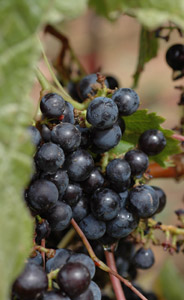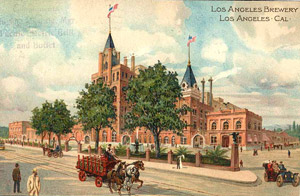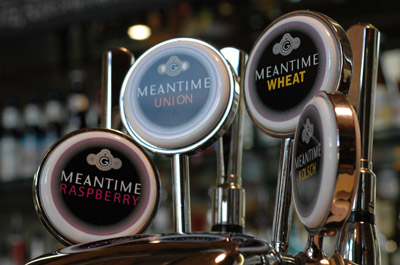Microbrews: A Ten Year Retrospective looks to be an interesting project.
The premise:
The whole premise of this blog is to see how many of the 200+ microbrews and brews featured in MICROBREWS: A GUIDE TO AMERICA’S BEST NEW BEERS AND BREWERIES have survived the craft brew infatuation of the last 20 years or so. I’m using this book because it is ten years old and is the only book I have of its sort.
My choice likely would have been to start with Steve Johnson’s “ON TAP: Guide to North American Brewpubs” because Steve chronicled the comings and goings of breweries with the zeal of a librarian (perhaps because he is a librarian), but it would appear this book is alphabetical and that lends itself well to this undertaking.
Today’s post features the brewery formerly known as Adler Brau and now called Stone Cellar Brewpub. Adler Brau made some excellent German inspired beers – in fact winning four medals at the 1991 Great American Beer Festival.
What we really liked was the cellar pub, which included what we refer to as a “Wisconsin bar.” These exist elsewhere, but we always associate them with Wisconsin. Basically the area behind the bar is recessed and the bartender is pretty much face-to-face with seated customers. Very friendly.

 Friday the
Friday the 